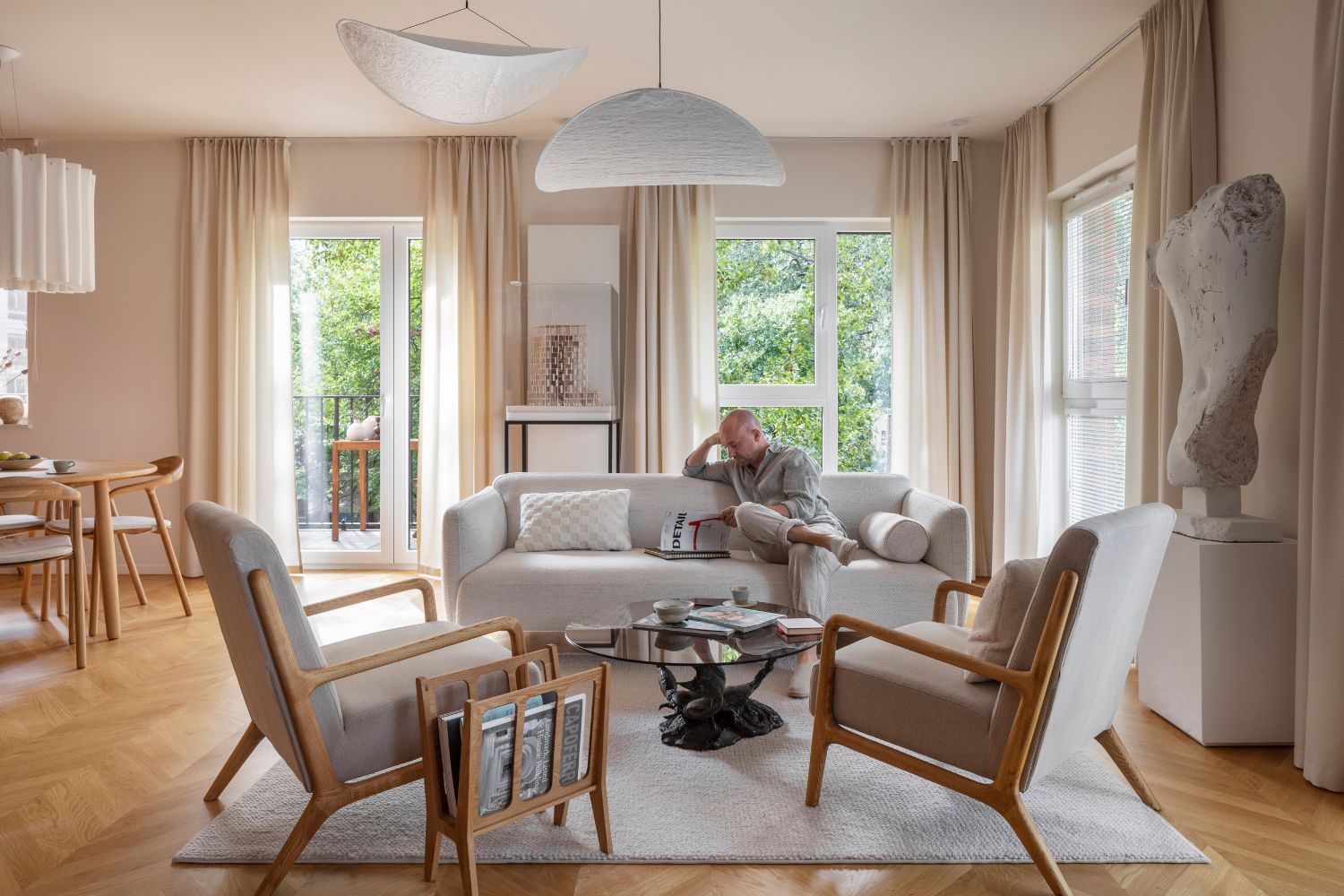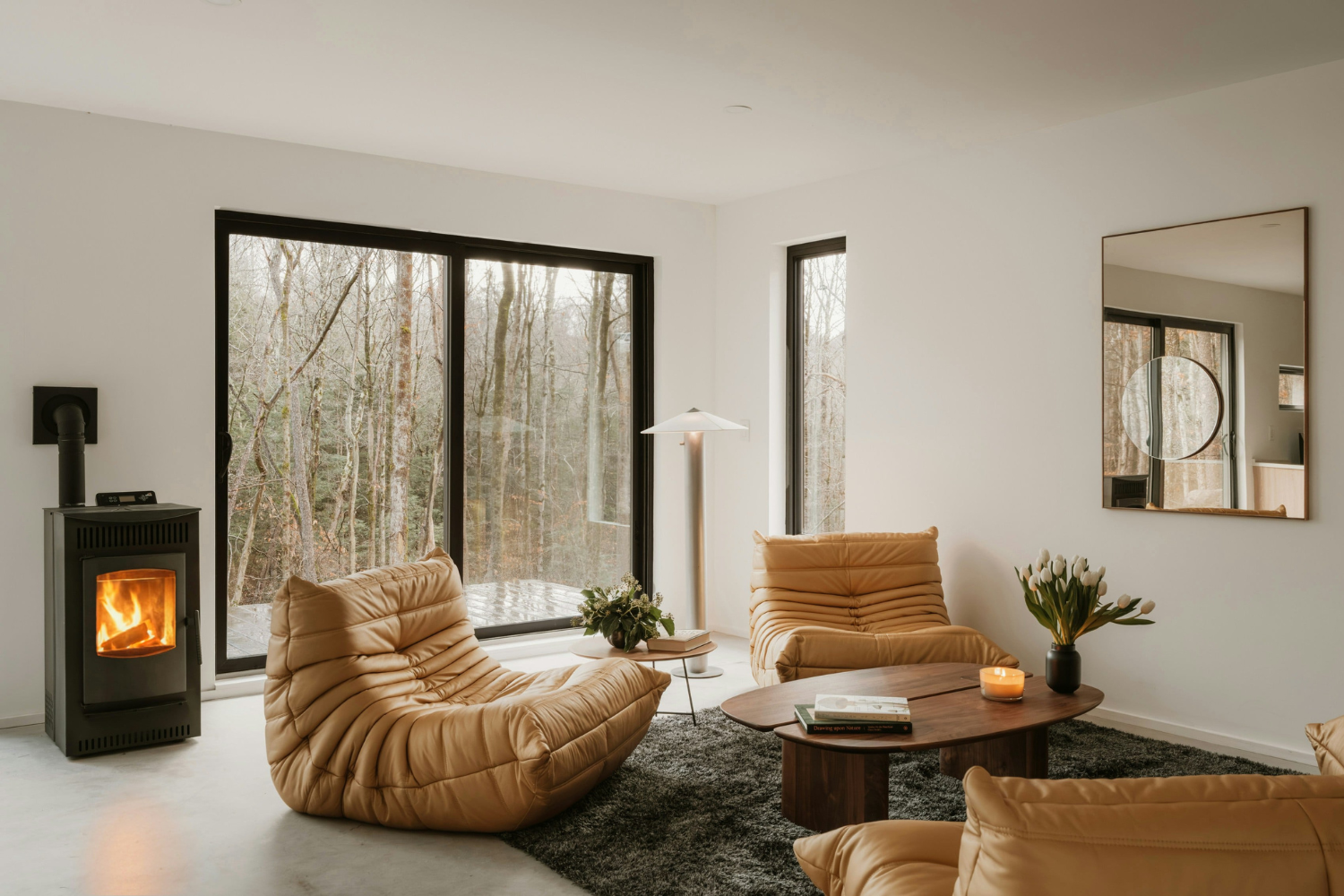- Home
- Articles
- Architectural Portfolio
- Architectral Presentation
- Inspirational Stories
- Architecture News
- Visualization
- BIM Industry
- Facade Design
- Parametric Design
- Career
- Landscape Architecture
- Construction
- Artificial Intelligence
- Sketching
- Design Softwares
- Diagrams
- Writing
- Architectural Tips
- Sustainability
- Courses
- Concept
- Technology
- History & Heritage
- Future of Architecture
- Guides & How-To
- Art & Culture
- Projects
- Interior Design
- Competitions
- Jobs
- Store
- Tools
- More
- Home
- Articles
- Architectural Portfolio
- Architectral Presentation
- Inspirational Stories
- Architecture News
- Visualization
- BIM Industry
- Facade Design
- Parametric Design
- Career
- Landscape Architecture
- Construction
- Artificial Intelligence
- Sketching
- Design Softwares
- Diagrams
- Writing
- Architectural Tips
- Sustainability
- Courses
- Concept
- Technology
- History & Heritage
- Future of Architecture
- Guides & How-To
- Art & Culture
- Projects
- Interior Design
- Competitions
- Jobs
- Store
- Tools
- More
Art’s Transformative Power: Elevating an Interior’s Spatial Atmosphere
Explore the transformative power of art in shaping the atmosphere of interior spaces. Learn how art evokes emotion, guides arrangement, and influences perception in this enlightening article. Discover strategies for effective art integration, from careful selection to optimal placement, and create an expanded, harmonious spatial atmosphere using art.

Imagine walking into a room and feeling a sudden shift in energy. It’s vibrant, it’s engaging, it’s all because of the art. Art has a profound impact on the atmosphere of a space, transforming it from a mere room into a world of its own. From rugs with bold designs to furniture pieces that double as functional art, these elements can breathe life into your living space, creating a unique atmosphere that reflects your personality and style.
Art doesn’t merely hang on the wall; it interacts with the space, altering perceptions and adding layers of depth. It’s not just about aesthetics; it’s about setting a mood, sparking conversations, and making a statement. So, let’s dive in and explore how art can change the spatial atmosphere of an interior, and how you can harness its power to elevate your home design.

Table of Contents
ToggleThe Transformative Power of Art in Interior Spaces
Art comes alive in spaces, painting them with emotional resonance and aesthetic harmony. It can craft a story, frame a narrative, or simply create a distinct ambiance. Let’s delve deeper into understanding how art achieves this transformative asset.
Creating emotional resonance
Art, in its varied and expressive forms, strikes a powerful emotional chord. A strategically chosen piece can ignite a particular emotion, creating a mood that resonates within the space. For instance, a vibrant, energetic painting can rouse liveliness in a living room or workspace, whilst a calm, serene landscape can provide a sense of tranquillity to a bedroom or study. It’s not just art; it’s a mood enhancer.
Establishing Aesthetic Harmony
Art can also function as a balance to the aesthetics of a room. As a focal point, a bold, eye-catching piece can command attention, guiding the other elements of interior design such as furniture placement, color scheme, and lighting toward a harmonious arrangement. This strategy doesn’t merely appeal to the eyes; it enables all aspects of the room to align aesthetically, creating a cohesive and harmonious space radiating its unique character.

The Functional Role of Art in Spatial Atmosphere
Diving deeper into the empowering role of art in interior design, we explore its multifaceted functionality in shaping perceived spaces.
Art as a Focal Point
Art’s power in interior design extends beyond mere aesthetics. Serving as a distinct focal point, a bold art piece guides the viewer’s gaze, informing the arrangement of furniture, color schemes, and overall lighting. A striking piece of art, therefore, inherently commands attention, anchors elements of design, and dictates the ambiance in a room. Consider this function while selecting artwork – a visually captivating piece can center your design initiative, deliver visual coherence, and frame your space.
Balancing Proportions and Scale
A well-thought design incorporates art considering the proportions and scale within the room. The size of your art and its positioning in relation to other objects should work collectively towards a harmonious setting. An oversized canvas can lend a compelling visual weight while smaller frames can subtlely enhance your design. Consider this element of balancing, akin to the artistry of interior design itself. Thus, your space presents an amalgamation of texture, color, size, and form, contributing to an enveloping atmosphere.
Influencing Perceived Space Dimensions
Art significantly impacts the perceived dimensions of a room. The choice of artwork, from sprawling landscapes to cityscapes, offers an illusion of expanded space, making the interior seem more open and less confined. Strategically placing art can frame the room, create depths, and amplify or curtail perceived space. Recognize this transformative quality of art to masterfully manipulate spatial perception and optimize your design venture.

Selecting the Right Artwork for Your Interior
The process of picking the right artwork for your interior entails recognizing how colors, textures, and the interplay of light interact with the chosen piece. Ideally, you want pieces that not only compliment your style but also enhance the spatial atmosphere of your interior.
Understanding Color and Texture Influences
Colors and textures influence space perception and ambiance significantly. Artworks showcasing warmer colors, like reds, yellows, and oranges, typically create an intimate, cozy atmosphere. Conversely, artworks projecting cooler shades such as blues and greens normally exude a tranquil, spacious vibe. A colorful abstract pattern, for instance, can infuse a vibrant and energetic atmosphere into your living space.
In terms of textures, smooth, glossy finishes are synonymous with modern, sleek interiors, while rough, rustic textures tie in well with vintage or bohemian styles. Boldly textured art like a marquetry coffee table can serve as functional art, thus elevating the overall look of your space.
Considering the Interplay of Light and Art
Light and art share a dynamic relationship, altering the mood and spatial perception of a room. Brightly lit art pieces highlight their colors and textures, significantly impacting the viewer’s perception. For instance, art involving cityscapes can provide an illusion of expanded space, making a room feel more open and less confined.
Art can also manipulate natural light within a room. Sculptures or installations that cast interesting shadows can bring a playful element, while reflective art can act as a light source, illuminating darker corners. Integrating art into the play of light in the room can dramatically change the atmosphere and add depth to your space. Remember to utilize this interplay to your advantage when selecting and placing art in your interior.

Strategies for Integrating Art into Interior Design
The power of art to transform a room is undeniable. With the right placement and selection, art can dramatically enhance a space’s quality.
Positioning Art for Maximum Impact
Art placement holds significant weight when striving for an ideal space overhaul with art. Consideration must be given to its height, location, and relationship with light. Anchor the room with a large piece of artwork on a focal wall to generate immediate attention. The middle of this piece should ideally be eye-level, roughly 57 inches from the floor. However, adjust as required, considering your room’s proportions.
Balance between natural and artificial light is crucial, given that the interplay of light and art alters mood and spatial perceptions. In spaces with ample natural light, position art to derive maximum benefits from daylight, bearing in mind potential damage from UV rays. Employ accent lighting in dark spaces to highlight the art and imbue your room with an added layer of depth.
Mixing Art Forms to Enhance Spatial Quality
Blending different art forms helps create a more dynamic space. Intermingle paintings with sculptures, rugs with bold designs, and even artistic furniture pieces like a marquetry coffee table or an eye-catching armchair. By interlacing different forms and mediums of art, you imbue your interior with distinctive energy, showcasing a versatile, vibrant atmosphere. Installations like rugs not only contribute to the spatial aesthetics but can accentuate comfort by adding warmth and coziness.
Less confined room spaces benefit from techniques that give an illusion of expanded space. Paintings with nature or cityscapes themes prove effective for this purpose. Deftly chosen art triggers a sense of eternal summer, unfolding an original atmosphere different from the physical reality of the space without risking misinterpretations about its original essence.
While integrating art into your interior design, remember the ultimate goal – enhancing the spatial atmosphere. Choose and position your art carefully while blending various forms to resonate with your personal style and create a unique, aesthetically pleasing environment. Remember, the strategy lies not just in integrating art but integrating it effectively with an understanding of its interaction with space, light, and human cognition.

Conclusion
Reflecting on the transformative power of art in interior spaces, four distinct stages underscore the methodology involved in enhancing spatial atmosphere.
Step 1: Art Selection
Selecting the right art form remarkably influences spatial perception, ambiance, and design aesthetics. Opt for a blend of diverse art types such as paintings, sculptures, rugs, and artistic furniture pieces. The variance in form, texture, and color among these pieces adds depth, defining the room’s spatial ambiance and making it visually appealing.
Step 2: Art Placement
Orientating artworks strategically heightens their potential impact and spatial quality. Rather than randomly scattering art pieces, carefully considering the height, location, and light interplay ensures optimal effect. For example, hanging a painting at eye level or letting natural light cascade over a sculpture both enhances the art’s appeal and subtly influences space perception.
Step 3: Creation of Space Expansion Illusion
Art possesses the power to alter backdrops and create illusions of expanded space. A large-scale painting depicting a landscape, for instance, tricks the mind into perceiving a room as larger and grander. Similarly, an aptly placed mirror amplifies space depth while doubling visual elements in a room.
Step 4: Tying Art with Spatial Atmosphere
Finally, harmonization of your chosen art with existing architecture is paramount. Attempt not merely to tack art onto space, but seek a symbiosis between the two. Art should complement the interior architecture, underlining and enhancing the spatial atmosphere rather than presenting a discordant point of focus.
Remember, the objective remains clear: optimize the spatial atmosphere using art seamlessly while comprehending the intricate interaction of space, light, and human cognition.
Submit your architectural projects
Follow these steps for submission your project. Submission FormLatest Posts
Sofa Trends in 2026: Comfort, Organic Forms, and Human-Centered Design
Sofa design in 2026 focuses on comfort, organic forms, tactile materials, and...
Modern American Homes: Interior Design Trends to Watch in 2026
Interior design in the United States is evolving toward warmer, more adaptable,...
BXB Studio’s Hybrid Interior: Redefining the Modern Architectural Workplace
The Warsaw headquarters of BXB Studio was established in a modest 70...
5 Must-Know Interior Design Trends in American Homes
From warm minimalism to bold oversized artwork, these five interior design trends...












Leave a comment